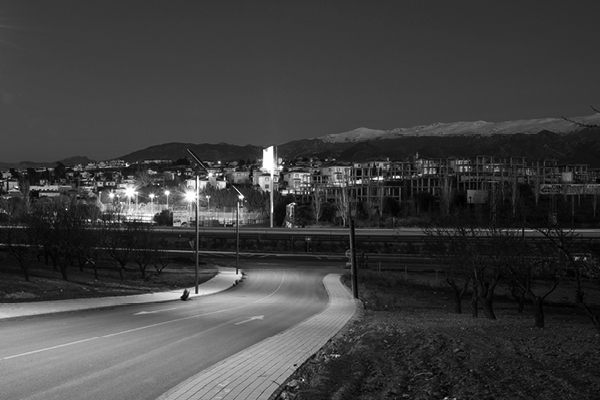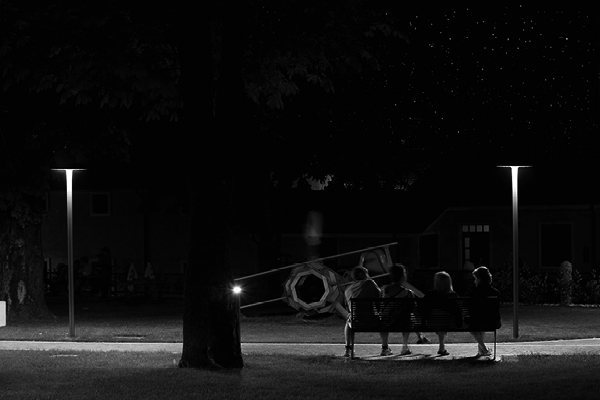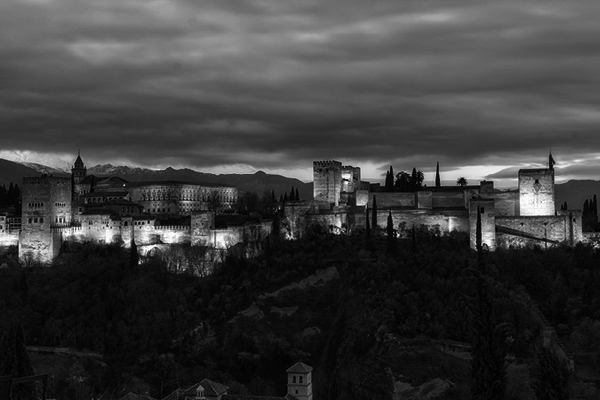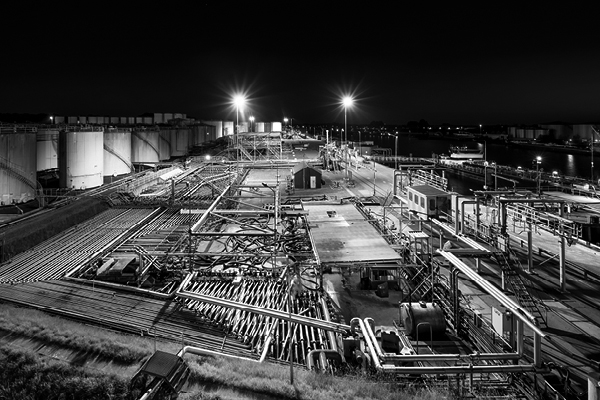The French government, with the law decree of 27 December 2018, has adopted a legislative provision for the reduction and limitation of light pollution, aimed at night skies preservation, intrusive light limitation, protection of biodiversity and increase of energy savings. These goals are reached through the regulation of four features of lighting fixtures and systems, which are: ULR (Uplight Lighting Ratio), CIE flux code n°3, colour temperature and light flux density.
In addition, specific requirements are prescribed for astronomical observation areas, national parks and nature reserves.

![]()
ULR (Uplight Lighting Ratio) represents the percentage of light flux emitted upwards by a lighting fixture.
Limiting the ULR value allows to protect night skies, which observation is in fact compromised by upward directed light, detrimental for astronomical observatories and amateur astronomers.
| Fixture position | ||
| Horizontal | Tilted | |
|
< 1% | < 4% |
|
= 0% | = 0% |
|
- | - |

![]()
CIE flux codes are a photometric parameter made up of five integers (e.g. 32 74 97 100 100), which define the light distribution of a lighting fixture within certain angles.
The third integer denotes the percentage of light flux emitted within an opening semi-angle of 75,5°.
Limiting the flux emitted above 70 ÷ 75° contributes to reduce glare and intrusive light, that is the fraction of light flux directed outside the areas which need to be lit.
|
> 95% |
|
- |

Some features of the artificial light spectrum can affect biological cycles of flora and fauna.
To preserve biodiversity, the decree sets the maximum colour temperature of the light sources to be used.
| Colour temperature (K) | ||
| Urban areas | Extra-urban areas | |
|
≤ 3000 K | ≤ 3000 K |
|
- | - |
|
≤ 2400 K | ≤ 2400 K |
|
≤ 2700 K | ≤ 2400 K |

Light flux density is the ratio between the summation of the fluxes of all the lighting fixtures which light up a certain area and the surface of the area itself; its measure unit is lm/m².
It allows to evaluate if an installation lights up only where it’s needed without wastes, so to increase energy savings.
| Light flux density (lm/m²) | ||
| Urban areas | Extra-urban areas | |
|
< 35 lm/m² | < 25 lm/m² |
|
< 25 lm/m² | < 10 lm/m² |
|
< 25 lm/m² | < 20 lm/m² |
|
< 25 lm/m² | < 20 lm/m² |